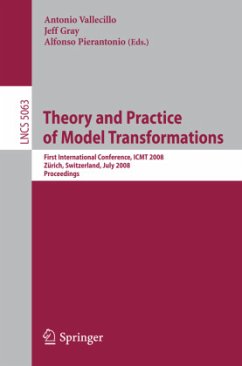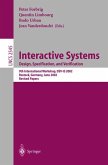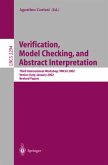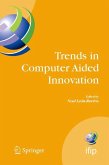Models have become essential for dealing with the numerous aspects involved in developing and maintaining complex IT systems. Models allow capturing of the relevant aspects of a system from a given perspective, and at a precise level of abstraction. In addition to models, the transformations between them are other key elements in model-driven engineering. Model transformations allow the de?nition and implementation of the operations on models, and also provide achainthatenablestheautomateddevelopmentofasystemfromitscorrespo- ing models. Furthermore, model transformations may be realized using models, and are, therefore, an integral part of any model-driven approach. There are already several proposals for model transformation speci?cation, implementation and execution, which are beginning to be used by modeling practitioners. However, model transformations need specialized support in s- eral aspects in order to realize their full potential. The problem goes beyond having speci?c languages to represent model transformations; we also need to understandtheirfoundations,suchasthekeyconceptsandoperatorssupporting those languages, their semantics, and their structuring mechanisms and pr- erties (e. g. , modularity, composability and parametrization). In addition, model transformations can be stored in repositories as reusable assets, where they can be managed, discovered and reused. There is also a need to chain and combine model transformations in order to produce new and more powerful transfor- tions, and to be able to implement new operations on models. Finally, model transformations need methodology support, i. e. , they need to be integrated into software development methodologies supported by appropriate tools and en- ronments. These issues and concerns de?nethe focus of these proceedings.
Bitte wählen Sie Ihr Anliegen aus.
Rechnungen
Retourenschein anfordern
Bestellstatus
Storno








